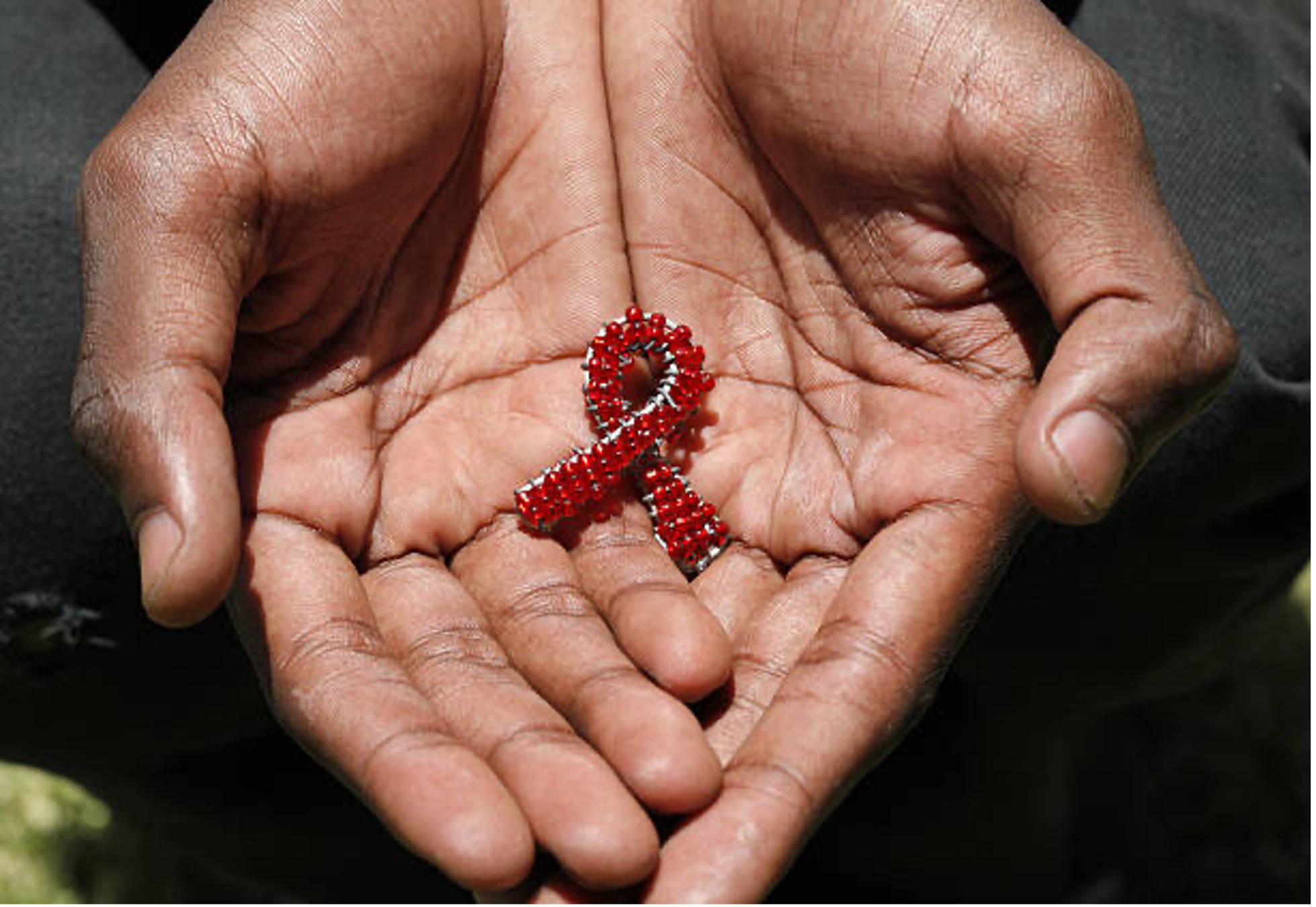“Whether multiple-behavior interventions work better than single ones in increasing testing, treatment, and prevention of HIV (human immunodeficiency virus) is an empirical question,” notes an article recently published by the Journal of Clinical and Consulting Psychology by a team led by Dolores Albarracin, Alexandra Heyman Nash University Professor and Director of the Scientific Working Group on HIV Communication and Policy at the Center for AIDS Research at the University of Pennsylvania. The answer obtained through a meta-analysis of 331 separate studies is captured in the publication title: “The Impact of Multiple-Behavior HIV Interventions as a Function of Regional Disadvantages: An Analysis of Syndemics.” The researchers found that interventions that target more than one behavior simultaneously were more effective than those focused on individual ones. However, this was the case only among residents of countries with high levels of “syndemics,” combinations of risk factors (e.g., being a victim of violence and engaging in substance abuse).
The meta-analysis, a quantitative synthesis of peer-reviewed research, involved randomized controlled trials conducted by intervention researchers worldwide. The team selected experiments that included one intervention recommending changes in at least two HIV-relevant behaviors of interest. These behaviors included HIV testing, prevention, or treatment, or one of those paired with another behavior of interest, such as reducing substance use. The studies also included a control condition, either an intervention recommending a change in a single behavior or no intervention.
The meta-analysis concluded that multiple-behavior interventions are the best way to change behavioral and clinical outcomes in countries with lower Gross Domestic Product, the economic value that a country produces in a fiscal year, and Human Development Index, a summary of human development that measures the life expectancy, education, and average annual income of a population.
Effects of Syndemics
HIV severely affects the lives of those infected with it. Although its physiological effects are, by and large, uniform, the degree of risk of contracting it is not. Individuals who, for example, lack financial stability are at greater risk of becoming HIV-positive than those who are stable. Susceptibility also is higher for those who are less well-educated, are members of minority groups, experience a mental illness, or use drugs and alcohol. Importantly, people with multiple risk factors have much worse outcomes than those with single sources of risk. The term used to describe the intersection of risk factors is syndemics.
“Syndemics tend to multiply risk effects,” noted Dr. Sally Chan, a Research Associate of the Annenberg School for Communication and the paper’s lead author “The stress involved in being poor and exposed to violence may lead a person to drink alcohol to relieve that stress, which, in turn, may lead to unprotected sex,” Chan noted. “Because the factors interact in this manner, tackling multiple ones at once prevents unaddressed behaviors from undoing the work put into improving a single one.”
A Domino Effect of Change
One of the main benefits of a multiple-behavior-intervention approach is that changing one of the behaviors for the better increases the likelihood of other behaviors changing as well, which counters the problem of correlated risks in syndemics. If those who drink in excess to relieve the stress of their economic situation then stop drinking, they will be better able to improve their situation and resolve the stressors. “The multiple-behavior interventions can provide an umbrella of protection that improves recipients’ ability to initiate positive changes,” notes Dr. Sicong Liu, a research associate in Albarracin’s Social Action Lab and co-author of the study.
Multiple Behavior Interventions
The project showed that in countries with lower Gross Domestic Product and Human Development Indexes (i.e., low and middle-income countries), multiple-behavior interventions led to more change in such behavioral and clinical outcomes as greater condom use and lower concentration of the HIV virus in their blood. One explanation for that effect is that multiple-behavior interventions allow for various approaches to a problem. The recipient may dislike one option but enjoy another. By adding options, the intervention increases the probability that one of them will succeed. Also, recipients who reduce one behavior, such as drinking alcohol excessively, may have fewer opportunities for unprotected sex because alcohol and sex are both promoted in drinking establishments. Individuals who drink less may also be more alert and, as a result, make better decisions, including taking Pre-Exposure Prophylaxis, a medication that helps prevent HIV, before engaging in sexual behavior.
Conclusion
The meta-analysis found that multiple-behavior interventions improve behaviors and clinical outcomes more than single ones in low- and middle-income countries. ”Because regions with lower Gross Domestic Product and Human Development Indexes are ones in which syndemic factors abound, comprehensive interventions are sorely needed there,” observed Albarracin “The scientific community will need to conduct more research to understand the efficacy of multiple-behavior interventions fully, but the study indicates what kinds of programs are likely to curb HIV in the developing world.”
The paper is the culmination of research that began in 2007 and received funding from the National Institutes of Mental Health. Sally Chan is the paper’s first author, followed by Sicong Liu. Both are research associates at the Annenberg School for Communication. The other authors are Benjamin White, Angela Zhang, Yubo Zhou, Melody Leung, Wenhao Dai, Xi Liu, Marta Durantini, Qijia Ye, Lidia Palmese, Devlin O’Keefe, and Dolores Albarracín.


